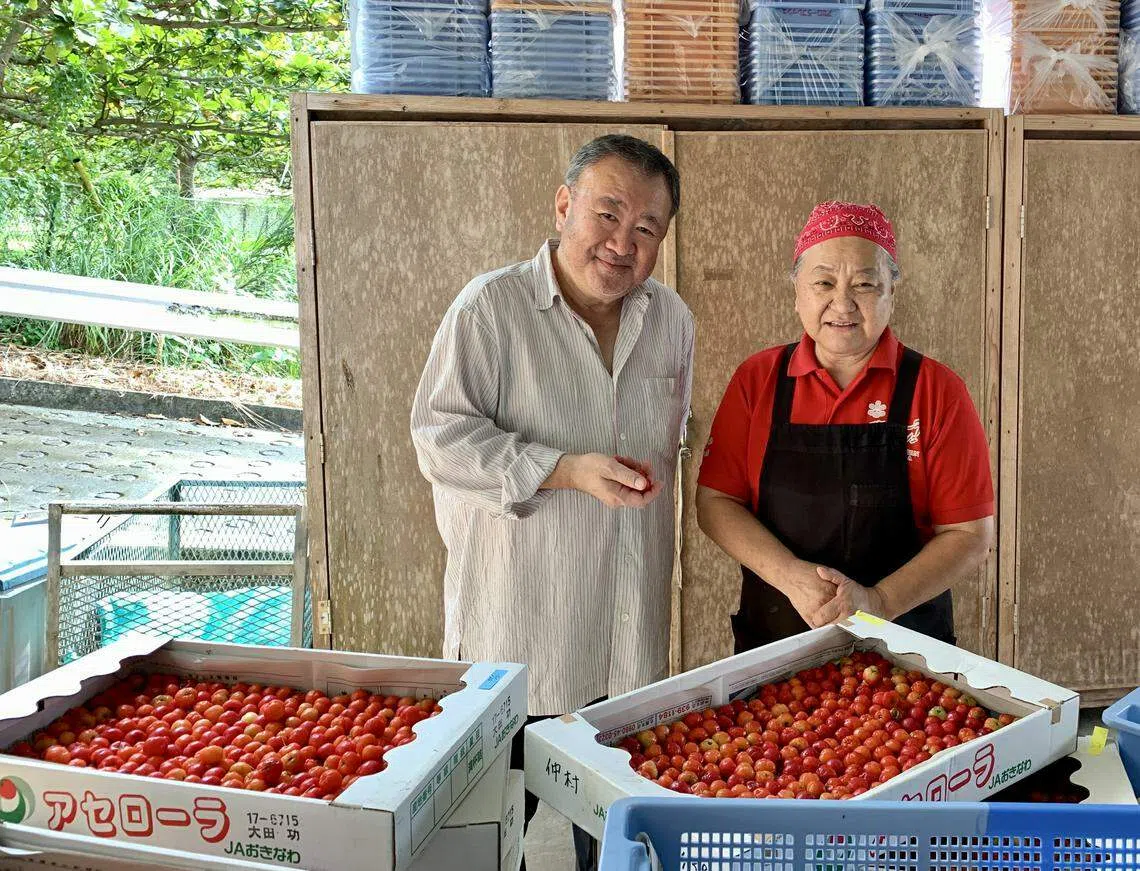Eat your way through Okinawa with chef Tetsuya Wakuda
The acclaimed owner of restaurants Waku Ghin and Wakuda puts the Japanese prefecture on his food shopping list
Jaime Ee

Good things must share
Of late, Wakuda has cast his net beyond the mainland of Japan to Okinawa – the sunny southern island prefecture better known for spam and egg onigiri, A&W and more healthy old people than Singapore, than for ingredients worthy of fine dining.
But therein lies the rub. Image-wise, Okinawa may lag behind its more fashionable cousins across the water, but it has its own cachet. Namely, some 160 islands with a unique history, subtropical climate and varied topography, and its undisputed reputation as the healthiest place on the planet. It’s not for nothing that the Okinawan diet is cited as the gold standard of physical well-being. This diet isn’t about what the islanders don’t eat, but what they do. And over the centuries, these hardy people descended from the ancient Ryukyu kingdom have tilled their land and harvested their seas to produce some of the most nutritious foods Mother Nature can offer.
Copyright SPH Media. All rights reserved.

















